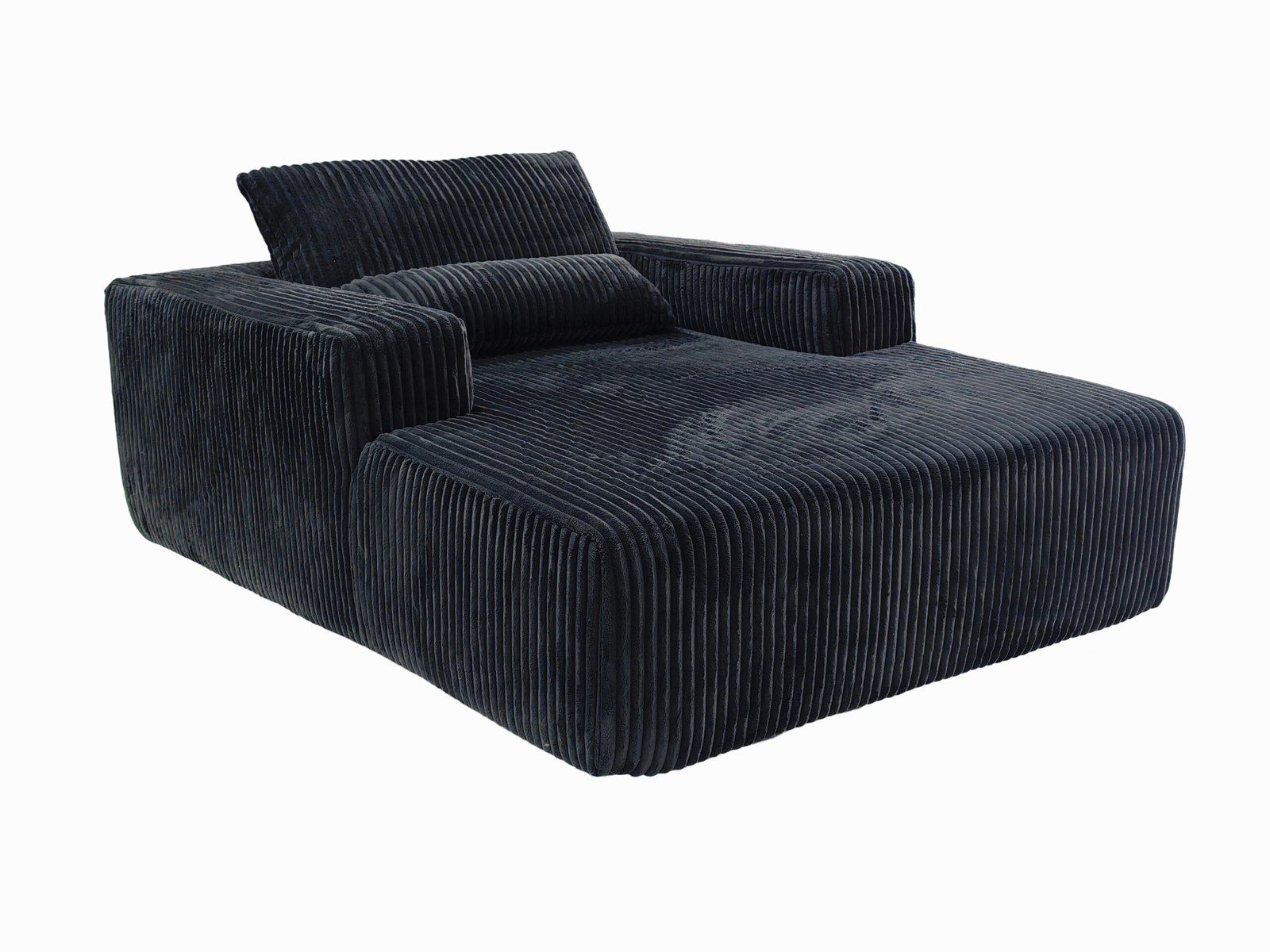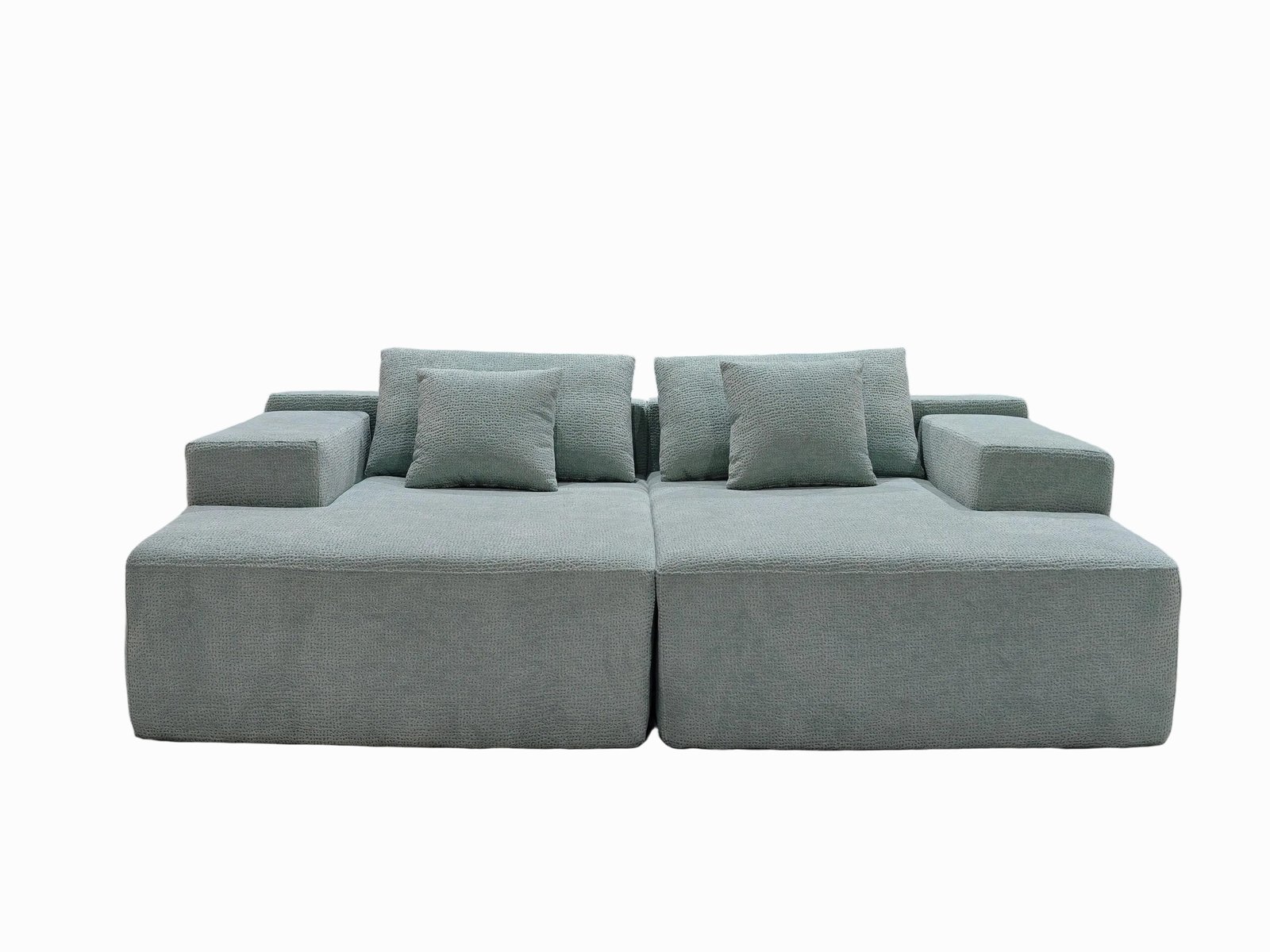
Struggling to choose between soft and supportive sofas? It’s not just the fabric or style—it’s what’s inside.
Spring-to-foam ratio affects how a sofa feels, performs, and lasts. The more you understand this ratio, the easier it is to choose the right seat for your needs.
A sofa’s core is more than cushioning—it’s a balance of structure and softness that decides everything from firmness to bounce.
What is the spring-to-foam ratio in sofa construction?

Most people only think about the fabric or color of a sofa. But the feel? That comes from what’s underneath.
The spring-to-foam ratio refers to how much of the sofa’s support system relies on springs versus foam.
- More springs = firmer, bouncier seat
- More foam = softer, cushier feel
Think of it like a mattress. A high spring content gives you structure. More foam gives you plush comfort. The magic happens when the two are blended just right.
Common Configurations:
| Spring-to-Foam Ratio | Feel Description | Suitable For |
|---|---|---|
| 70:30 (Spring-heavy) | Firm, supportive | Office, upright posture seating |
| 50:50 (Balanced) | Medium-firm, adaptive | General family sofas |
| 30:70 (Foam-heavy) | Soft, cushiony, body-hugging | Lounge, TV rooms, casual napping |
How does the ratio change sofa firmness?

Firmness is the first thing people notice when they sit down. That’s where the spring-foam mix comes in.
More springs = more resistance = firmer seat. More foam = more compression = softer seat.
- High spring ratio (e.g., coil + high-density foam) → firm and upright
- High foam ratio (e.g., memory or PU foam) → soft and enveloping
- Balanced blend (e.g., pocket spring + medium foam) → moderate, adaptable comfort
So, if you need back support or like to sit upright, lean spring-heavy. If you love sinking in, go foam-forward.
What does it mean for long-term durability?
The structure of your sofa matters as much as the surface.
Springs handle pressure better over time. Foam, depending on density, can compress or sag.
- High spring content = retains shape better, especially in shared or high-traffic spaces
- High-density foam can resist sagging, but softer foams compress faster
- Pocket springs move independently and reduce wear on foam layers above
In short: the more you sit, the more you’ll appreciate springs underneath. But the foam still matters for comfort.
How does it affect support and posture?
Comfort is one thing. Support is another—especially if you use your sofa daily or have posture needs.
Springs distribute weight and provide bounce-back. Foam molds to the body and reduces pressure.
- High-spring sofas lift and align your body
- High-foam sofas cradle and conform
For elderly users or people with lower back pain, support from springs (especially with firm foam) helps reduce strain. But if you’re lounging for long hours, foam can feel more inviting.
Can the spring-to-foam ratio change the bounce or “feel” of the seat?
Absolutely.
Spring-heavy seats feel lively, springy, and a bit “buoyant.” Foam-heavy seats feel stiller, more absorbent, and slower to respond.
That “bounce” or “give” you feel when sitting down is largely determined by:
- Type of spring (coil vs. pocket vs. serpentine)
- Thickness and density of foam above it
- Whether foam is layered in a single block or multiple zones
This tactile difference is why you should always sit-test a sofa when possible—or read product specs carefully.
How does it affect different sofa zones?
Not all seats are created equal—even on the same sofa.
In premium designs, spring-to-foam ratios may vary across the sofa to support different postures.
- Seat base: more springs for support
- Seat top: more foam for comfort
- Backrest: typically more foam-heavy
- Armrests: foam-only zones for softness
So even in a spring-heavy sofa, the foam still dominates some zones for plush contact points.
Is there a “best” spring-to-foam ratio?
It depends on your priorities.
Example Scenarios:
| User Type | Recommended Ratio | Reason |
|---|---|---|
| Elderly | 70:30 | Upright support, easy to get up |
| Young families | 50:50 | Balance of durability and softness |
| Lounge lovers | 30:70 | Deep, cozy, informal seating |
| Formal seating area | 60:40 | Tidy look, consistent firmness |
| Casual sleepers | 40:60 | Soft top with enough support underneath |
Does the ratio affect cost?
Yes.
Springs (especially pocket coils) and high-density foams cost more. So sofas with balanced or premium ratios are generally more expensive.
- Serpentine springs = budget-friendly
- Pocket springs = higher-end support
- Memory or HR foam = better comfort, higher price
- PU foam = affordable but compresses faster
You can save money with more foam—but you might sacrifice durability.
What are customers saying?
User feedback on sofas often mentions the “feel,” even if they don’t know the tech inside.
- “Still supportive after 2 years—worth the extra cost.”
- “Too soft—I sink too much.”
- “Perfect balance of firm and soft!”
- “Nice and bouncy without being stiff.”
These comments often trace directly back to the spring-to-foam ratio—proof that what’s inside really matters.
Conclusion
Spring-to-foam ratio isn’t just a technical spec—it’s the DNA of how a sofa feels. Whether you want cozy comfort or solid support, understanding this ratio helps you choose a sofa that feels just right—and keeps feeling that way over time.